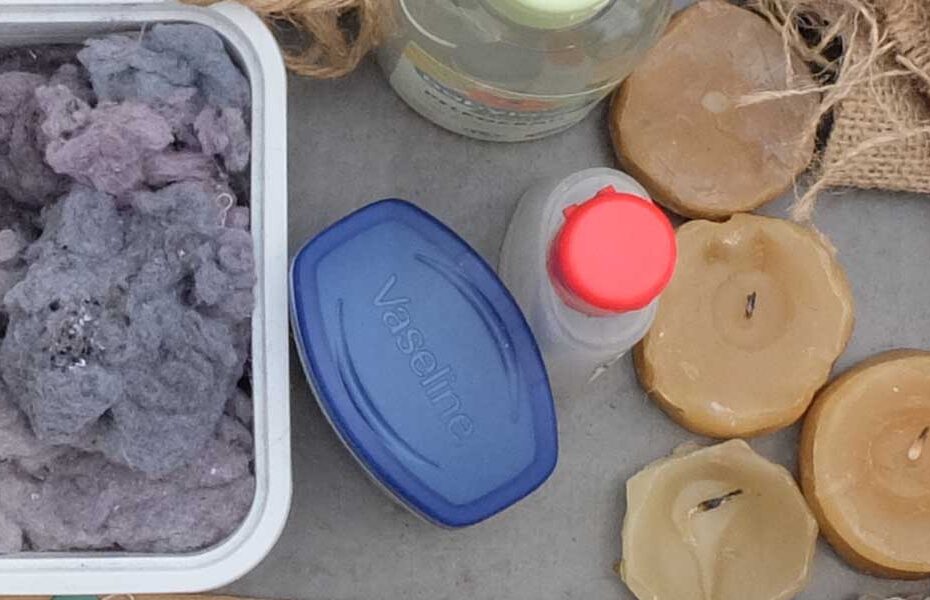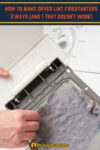There are many ways to make DIY fire starters with dryer lint – and most work well. However, some dryer lint fire starters that you find online aren’t nearly as good.
I made and tested numerous variations of lint fire starters. Here are the best ones and what you need to know to make your own.
Is Dryer Lint Flammable?
Dryer lint is flammable. Fire departments warn that you must clean lint out of your ducts regularly, so they don’t catch on fire. However, dryer lint isn’t always easy to ignite compared to other materials – like cotton balls or burlap.
Approximately 62% of clothing is made from synthetic materials. Most synthetics will resist ignition. When heated, they melt instead of burn.
Despite this, dryer lint usually contains enough flammable cotton and other materials to work well as a fire starter.
Should You Use Dryer Lint to Make Fire Starters?
Dryer lint is completely free and will usually burn well, so it’s a good choice for DIY fire starters in some situations.
I don’t recommend using it indoors, such as for a wood-burning stove. Synthetic materials can sometimes produce noxious smoke and bad smells. This isn’t an issue when using outdoors for campfires, though.
Ways to Make DIY Dryer Lint Fire Starters
There are numerous ways to make dryer lint fire starters. They all work with the same principle: the dryer lint serves as a “wick.” Lighting the lint pulls a fuel source (such as Vaseline or wax) towards the flame to keep it going strong.
Also read: DIY Fire Starter Guide
1. Vaseline and Dryer Lint Fire Starters
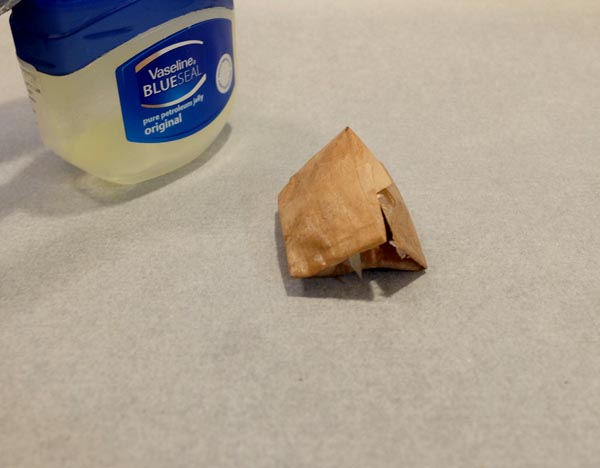
This is the easiest way to make dryer lint fire starters. Your hands will probably end up with fuzz all over them, but they work well. A teaspoon of Vaseline on a cotton-ball size piece of lint will usually burn for 7 minutes.
- Cut a paper bag into 3×3 inch square pieces.
- Put some dryer lint in the middle of the square.
- Spoon a glob of Vaseline on the lint.
- Fold the paper over to make a little packet.
- Gently rub the packet, so the Vaseline gets squished into the lint. This will keep your hands from getting all fuzzy.
Also read: Vaseline Fire Starter Instructions
2. Wax and Dryer Lint Fire Starters
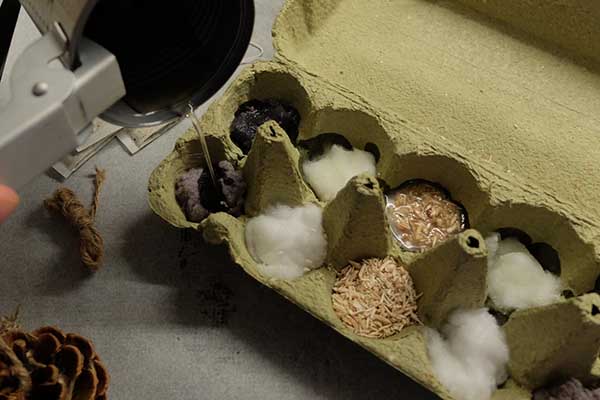
These are harder to get going than the Vaseline fire starters, but they are waterproof and burn for a long time. There are a few ways of making them. The easiest is to use old egg cartons.
- Put pieces of dryer lint into an egg carton.
- Melt wax on a double boiler.
- Pour the wax over the dryer lint.
- When the wax dries, cut the egg carton into individual sections.
Also read: Wax Fire Starter Instructions
3. Hand Sanitizer and Dryer Lint Fire Starters
Hand sanitizer contains high amounts of alcohol, which will burn when lit. The flame is almost invisible and not nearly as big as you’d get with Vaseline or wax.
However, it works as a good emergency fire starter: squirt some hand sanitizer on lint and light it under your fire tinder.
Also read: Hand Sanitizer Fire Starter Instructions
NOT Recommended: Toilet Paper Roll and Lint Fire Starter
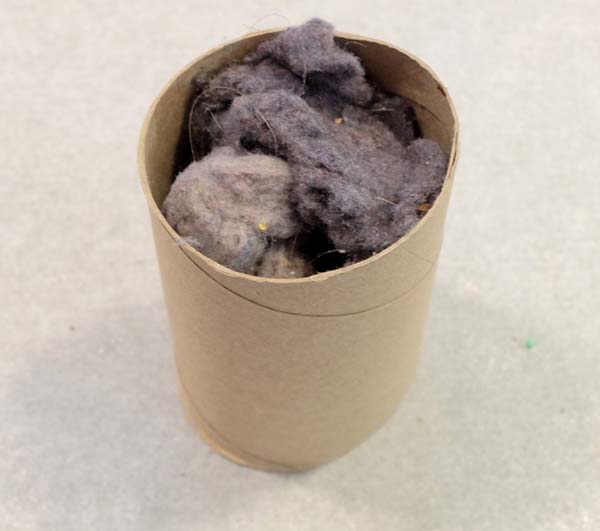
I’ve seen this fire starter recommended all over the internet: you stuff dryer lint into an empty toilet paper roll. Sometimes they recommend wrapping it in parchment paper to waterproof it.
In theory, it should work. However, like many things you find online, it doesn’t work as well as advertised.
When testing it, I couldn’t get the dryer lint to ignite (probably too many synthetic fibers in the lint). Yes, if I held my lighter to the toilet paper roll long enough, I would have gotten a flame – but then I might as well light the kindling with the lighter!
I made a video to show the issues I encountered:
Even if this fire starter did work, it’s still not a great option:
- The lint will burn out quickly because there is no Vaseline, wax, or hand sanitizer to act as fuel.
- The fire starters are also HUGE and impractical for travel.
- You need lots of lint to make them. All those synthetic fibers are going to STINK when lit. Do not use it indoors.
It just goes to show that you need to test things yourself before relying on them in the field. 🙂
